No products in the cart.
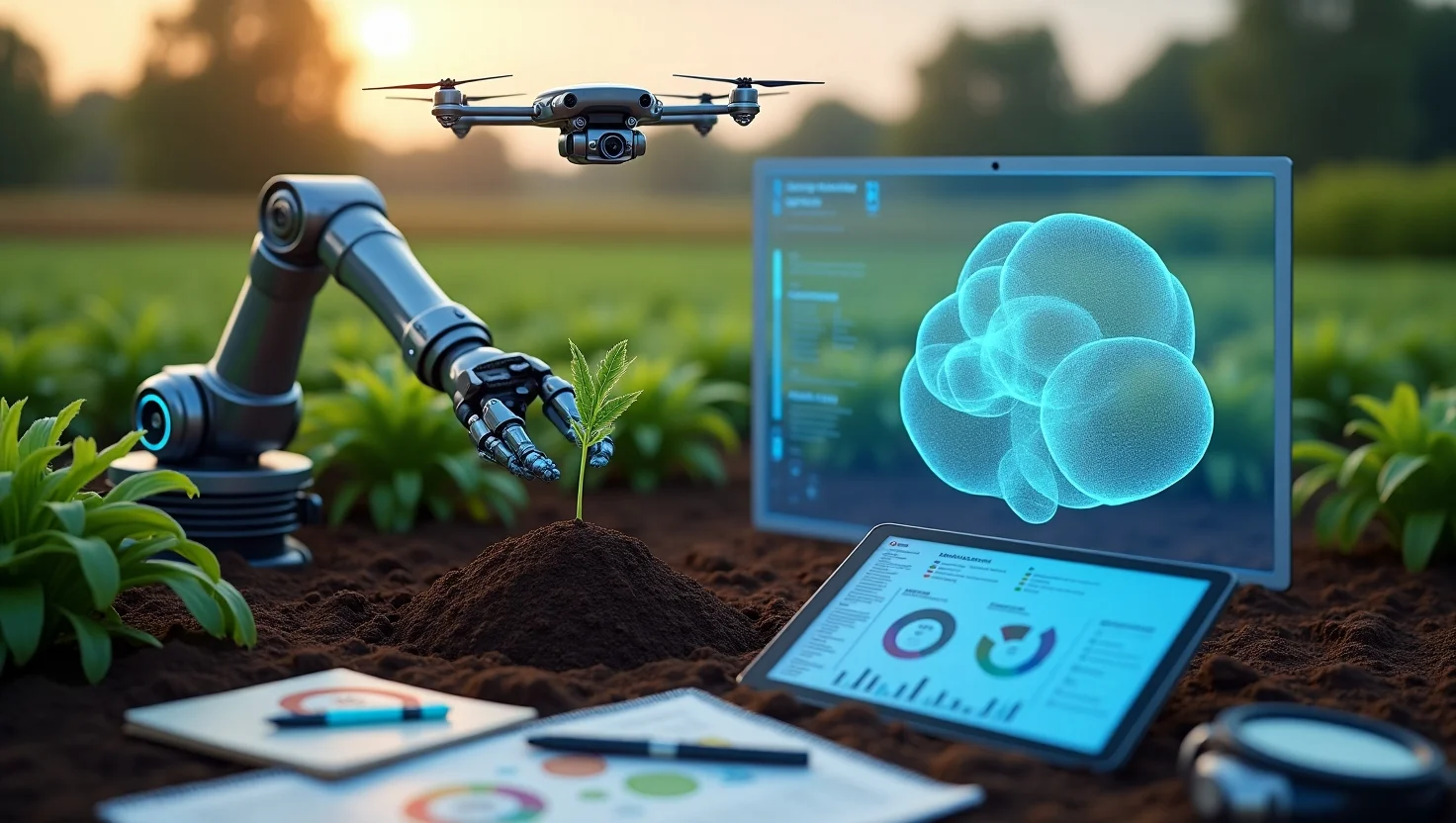
1. Introduction:
Healthy soil is the foundation of a productive farm, but in recent years, it’s been under silent attack. Soil degradation, nutrient depletion, and inconsistent moisture levels are driving down yields and increasing costs for farmers. Traditional soil testing methods are often slow, expensive, and unable to provide real-time insights. This is where AI in soil health steps in, offering smarter, faster, and more accurate ways to assess and manage soil conditions.
Thanks to innovations in smart farming, soil sensors, and machine learning in agriculture, farmers can now access actionable data that was once invisible to the naked eye. AI-powered platforms analyze vast sets of information, from pH levels and organic matter to moisture content and microbial activity, transforming how we understand the land beneath our crops.
This article explores how artificial intelligence in agriculture is revolutionizing soil management and improving crop productivity across the globe. Whether you’re a tech-forward grower or a small-scale farmer curious about precision agriculture, these insights can help you grow more sustainably, reduce inputs, and future-proof your farm.
2. Understanding Soil Health in Modern Agriculture
Soil is more than just dirt, it’s a living ecosystem that supports plant life, stores nutrients, and helps regulate water cycles. In modern agriculture, soil health is a top priority, but it’s also one of the most complex challenges. Healthy soil must balance physical structure, chemical composition, and biological activity to sustain long-term crop productivity.
However, today’s farms face increasing threats from soil erosion, nutrient depletion, salinization, and the overuse of chemical inputs. These issues compromise the land’s ability to produce consistent, high-quality yields. In fact, many farmers unknowingly plant into degraded soil, leading to poor root development, weak plant growth, and higher dependency on synthetic fertilizers.
Traditional soil testing methods, though useful, are often limited by their frequency and cost. They fail to capture real-time changes in soil nutrient levels or moisture variations, especially in large or diverse fields. That’s where AI can make a dramatic impact. By enabling continuous monitoring and analysis, smart technologies help identify early signs of degradation and guide sustainable soil management strategies.
Understanding what makes soil healthy is the first step toward transforming farming systems. With this foundation, we can explore how AI in precision agriculture is redefining what’s possible beneath the surface of every successful farm.
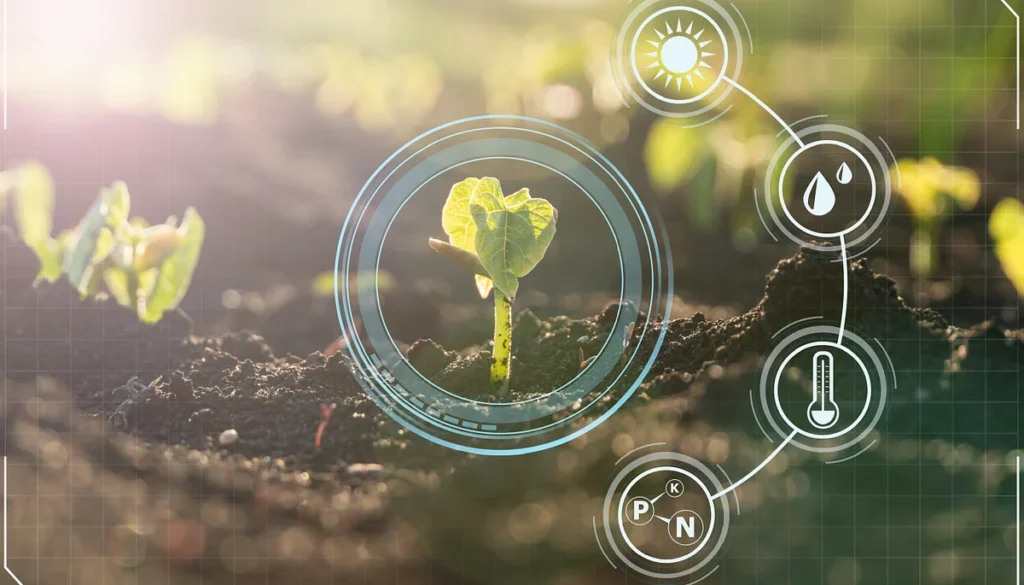
3. How AI is Transforming Soil Analysis
The traditional approach to soil testing, sending samples to a lab and waiting days for results, is quickly being replaced by smarter, faster AI-driven solutions. Artificial intelligence in agriculture is now enabling real-time soil analysis through advanced tools such as machine learning algorithms, remote sensing technologies, and smart soil sensors.
These AI-powered systems can process huge volumes of soil data, from electrical conductivity to moisture levels and nutrient content, identifying patterns invisible to the human eye. Satellite imagery, drones, and in-ground sensors all feed data into predictive models that monitor soil variability across different zones of the farm. This empowers growers to take site-specific action, optimizing everything from irrigation schedules to fertilizer applications.
A major breakthrough is image recognition combined with AI, which allows farmers to assess soil quality visually, detecting anomalies like compaction or excessive dryness without physical sampling. Combined with cloud computing, these tools offer remote diagnostics that save both time and resources.
By shifting from periodic testing to continuous monitoring, AI drastically improves both the accuracy and timeliness of soil assessments. Farmers no longer have to guess when, where, or how much to treat their land. Instead, they gain data-backed insights that improve soil health, increase efficiency, and ultimately lead to higher crop yields.
4. Smart Sensors and IoT in Soil Monitoring
At the heart of AI-driven farming is the Internet of Things (IoT), a network of connected devices working together to collect and transmit data. In agriculture, smart soil sensors are transforming how farmers monitor and manage soil conditions in real time. These compact devices are embedded directly into the soil to track key parameters like temperature, moisture content, pH, salinity, and nutrient levels.
When paired with AI algorithms, IoT sensors do more than collect data, they generate actionable insights. For example, when a sensor detects low moisture in a specific area, AI can recommend or even automate precision irrigation, ensuring water is used efficiently and crops receive just the right amount.
Moreover, IoT systems can be scaled across large fields, enabling zone-specific soil analysis. This granular view allows farmers to identify problem spots early, whether it’s compaction, overwatering, or nutrient leaching, before they impact overall yield. Data from these sensors is often integrated into mobile or cloud-based platforms, giving farmers 24/7 access to soil health updates on the go.
Remote soil monitoring also supports more sustainable practices. With better visibility into soil conditions, farmers can reduce fertilizer runoff, avoid over-irrigation, and cut costs, all while improving soil fertility and crop output.
As the backbone of AI in precision agriculture, smart sensors are empowering growers to make smarter decisions from the ground up.
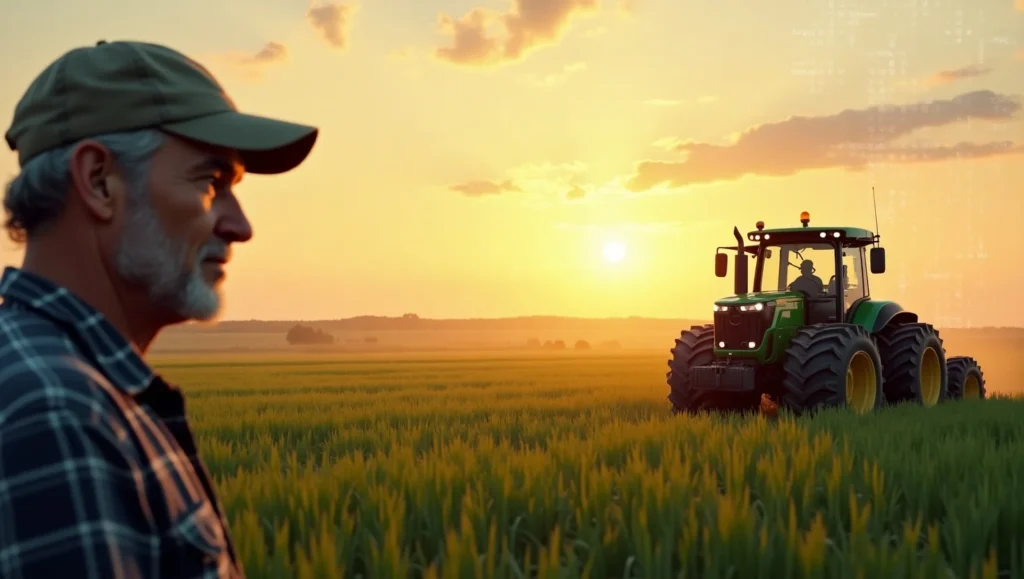
5. Benefits of AI for Soil Health and Crop Yields
The integration of AI in soil health monitoring has unlocked a range of benefits that directly impact farm productivity and sustainability. One of the biggest advantages is the ability to make data-driven decisions. With AI, farmers no longer rely on guesswork, they get precise recommendations tailored to their soil’s real-time condition.
This technology also leads to improved crop yields. By optimizing the timing and dosage of inputs like water, fertilizers, and nutrients, AI helps plants grow under ideal conditions. That means stronger root systems, better nutrient absorption, and healthier harvests.
Another critical benefit is cost savings. AI systems reduce the overuse of inputs, lowering expenses on fertilizers, pesticides, and irrigation. This not only preserves the soil’s long-term fertility but also boosts a farm’s bottom line. In fact, AI tools can identify underperforming zones and suggest corrective actions, maximizing yield potential across the entire field.
From an environmental perspective, AI promotes sustainable soil management. By preventing over-farming and minimizing chemical runoff, it protects surrounding ecosystems and ensures long-term land usability.
Finally, with predictive analytics, farmers can anticipate problems before they happen. Whether it’s nutrient imbalances, water stress, or early signs of disease, AI enables proactive solutions rather than reactive fixes.
In short, the use of artificial intelligence in agriculture is not just a tech trend, it’s a strategic investment in the future of farming.
6. Challenges and Limitations of AI in Soil Health
Despite its many advantages, AI in soil health management is not without challenges. One significant hurdle is the cost of technology. Advanced AI systems, including sensors, drones, and machine learning platforms, often require significant upfront investment, which can be a barrier for small-scale farmers or those with limited access to capital.
Additionally, the complexity of soil systems makes accurate data collection and analysis challenging. Soil health is influenced by a variety of factors, including climate, crop type, and farming practices. While AI can process vast amounts of data, it may struggle to account for all the dynamic variables, leading to occasional inaccuracies or oversights in recommendations.
Another limitation is data accessibility. Many AI tools rely on continuous, high-quality data from sensors and other monitoring equipment. In regions with poor internet connectivity or limited infrastructure, accessing real-time data may be difficult. This creates a gap in the potential effectiveness of AI solutions, especially in remote or underdeveloped areas.
Moreover, data privacy concerns have emerged with the rise of cloud-based AI systems. Farmers may be hesitant to share their farm’s soil data with third-party companies, fearing misuse or breaches of sensitive information.
Lastly, the adoption of AI requires a certain level of technical knowledge. Farmers must be trained to understand and interpret AI-driven insights, which can be an obstacle for those unfamiliar with digital tools.
Despite these challenges, the future of AI in soil health looks promising, with ongoing developments addressing these limitations.
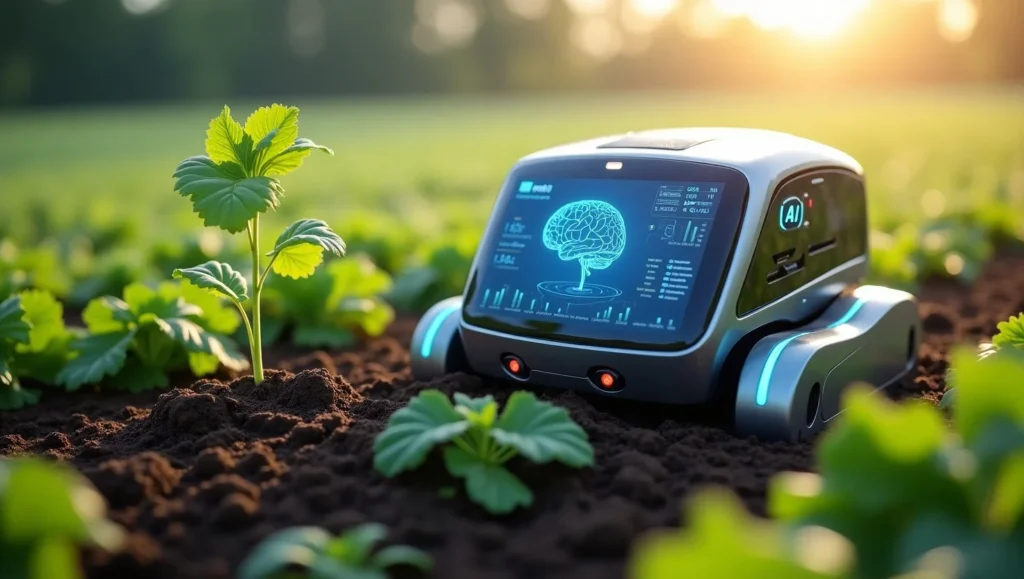
7. The Future of AI in Soil Health
The future of AI in soil health is both exciting and transformative, as technological advancements continue to evolve. One major trend is the integration of AI with blockchain technology, which can create transparent and secure systems for tracking soil health data. This would enable better data sharing between farmers, researchers, and environmental groups, fostering collaboration and promoting sustainability.
In the coming years, we can also expect increased automation. AI tools are already able to monitor soil conditions, but soon, they will also be able to take direct actions, such as adjusting irrigation systems or automatically dispensing fertilizers based on real-time analysis. This level of automation will save farmers time and labor costs while improving the precision of their practices.
Another promising development is the use of AI-driven predictive analytics. By analyzing long-term soil health trends, AI can forecast future issues, allowing farmers to implement preventive measures before problems arise. Whether it’s nutrient depletion, soil erosion, or pest infestations, early warnings will enable more proactive and effective management strategies.
Moreover, as data accessibility improves and costs decrease, AI will become more accessible to farmers around the world, from large-scale industrial operations to small family farms. This democratization of technology will help create a more sustainable and resilient agricultural system globally.
Ultimately, the future of AI in soil health is bright, paving the way for smarter, more sustainable farming practices that not only improve productivity but also protect the environment.
8. Conclusion and Call to Action
AI is undeniably shaping the future of soil health management, offering unparalleled insights and solutions for farmers looking to optimize productivity and sustainability. From advanced soil analysis to real-time monitoring and automated systems, the technology empowers growers to make informed decisions that enhance soil quality and crop yields. While challenges like cost and data accessibility remain, the potential for AI to revolutionize agriculture is clear.
As farmers continue to adopt these cutting-edge tools, the agricultural industry will move toward a more sustainable and efficient future. If you’re ready to take your farm to the next level, it’s time to explore how AI in soil health can work for you. Start by investing in smart sensors, leveraging AI-driven insights, and embracing precision farming practices to boost your soil’s health and productivity.
The future of farming is digital, and AI is at the heart of it, don’t get left behind.
FAQs:
Q1. What is AI’s role in improving soil health?
AI enables real-time soil analysis, provides actionable insights, and helps optimize inputs like water and fertilizers for healthier soil and better crop yields.
Q2. How do AI-powered sensors help in soil monitoring?
AI sensors collect data on moisture, nutrients, and pH, enabling precise monitoring and enabling farmers to make data-driven decisions for improved soil conditions.
Q3. Can AI reduce the use of fertilizers in farming?
Yes, AI optimizes fertilizer use by analyzing soil health data, reducing excess use, and promoting more efficient application for better crop productivity.
Q4. What are the challenges of using AI in soil health management?
The main challenges include high initial costs, the need for reliable data infrastructure, and the complexity of soil systems that may lead to occasional inaccuracies.
Q5. How will AI impact the future of farming?
AI will automate soil monitoring, predict potential issues, and enable more sustainable farming practices, leading to healthier soil and improved yields globally.
Related Articles
Soil & Water Management
How AI Can Help Young Farmers Succeed in U.S. Agriculture
1. Introduction: Farming in the United States is at a crossroads. With...
Soil & Water Management
AI and Sustainable Farming: Can Technology Save the Planet?
1. Introduction: Can the very industry that feeds the world also be...
Soil & Water Management
AI for Seed Selection: Choosing the Right Crops for Maximum Yield
1. Introduction: Every successful harvest begins with one critical decision, choosing the...
Soil & Water Management
Smart Irrigation Systems: How AI Is Revolutionizing Water Management in Agriculture
1. Introduction: Water is one of agriculture’s most vital yet limited resources....
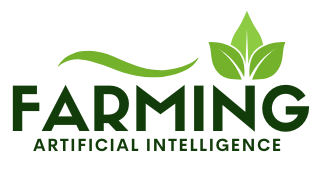
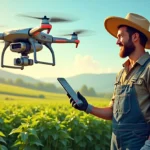
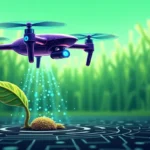




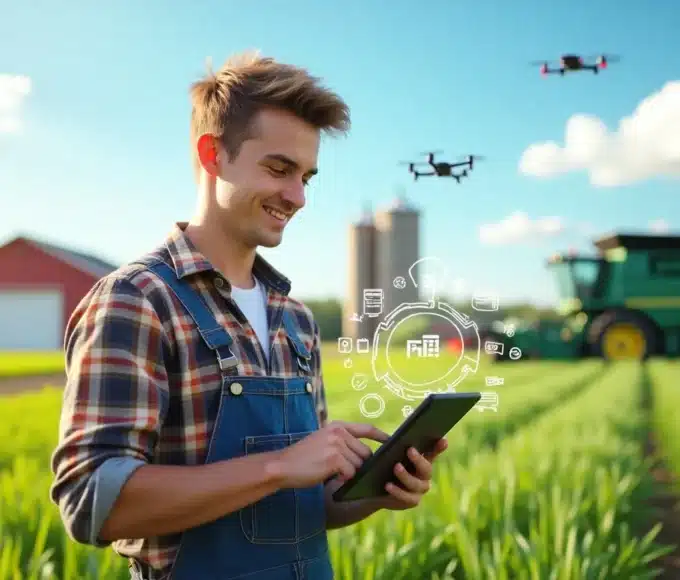
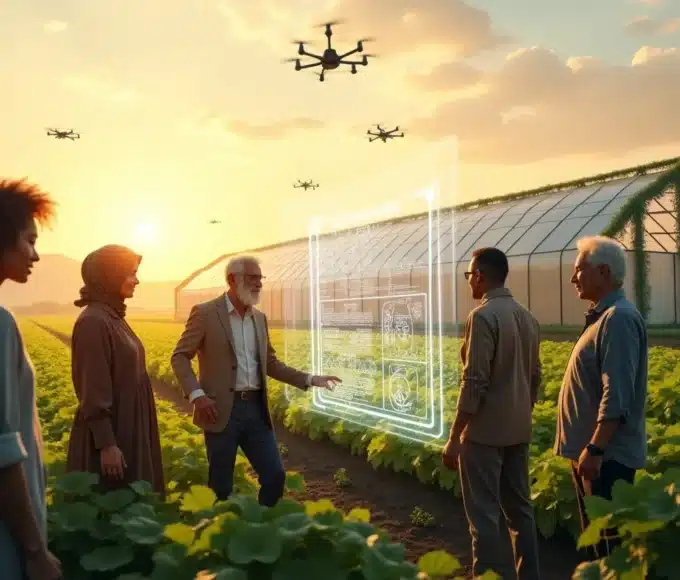
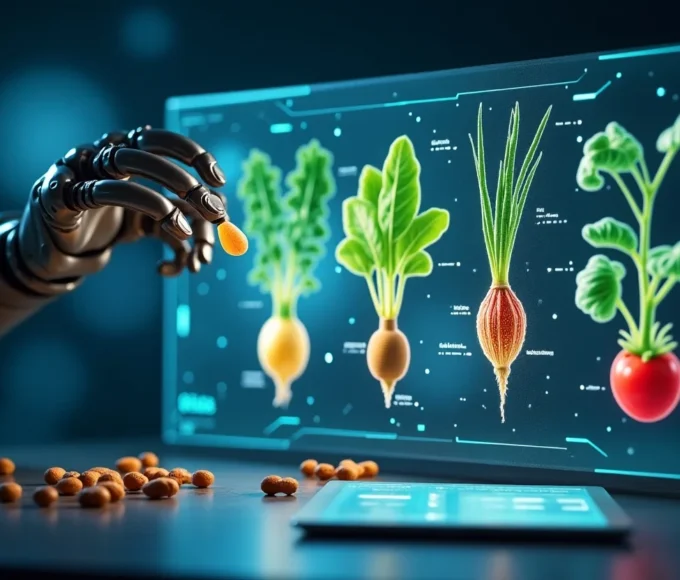
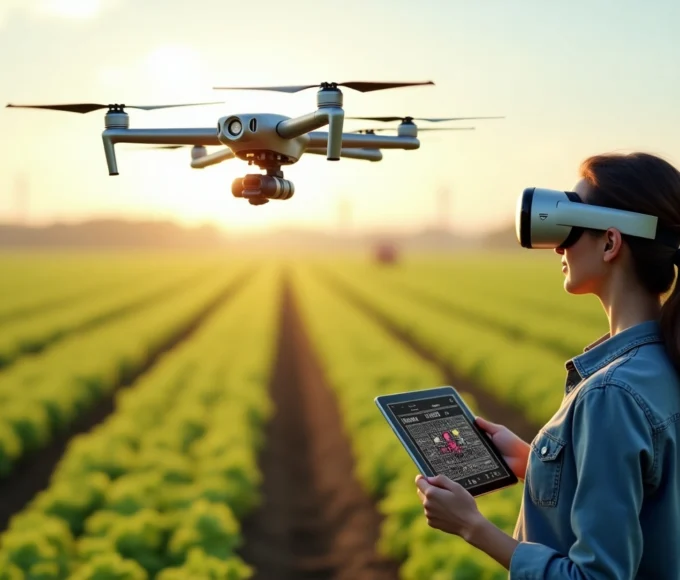
Leave a comment